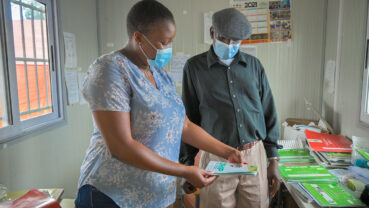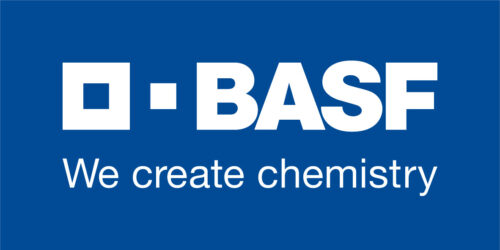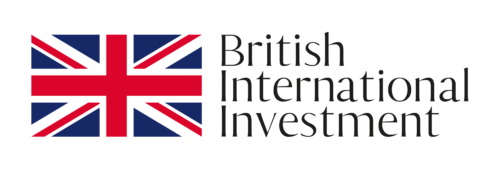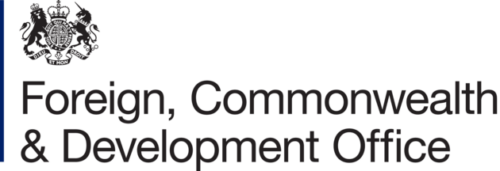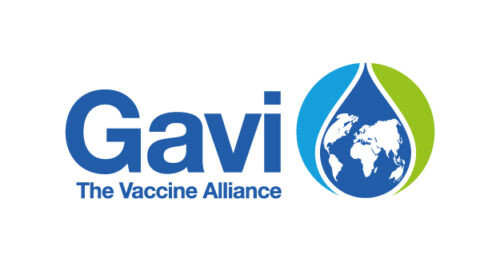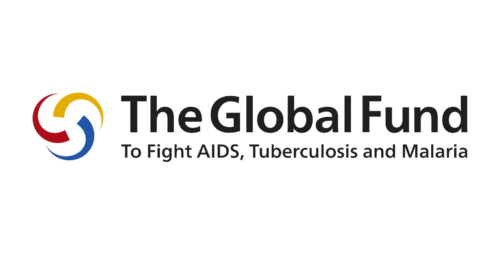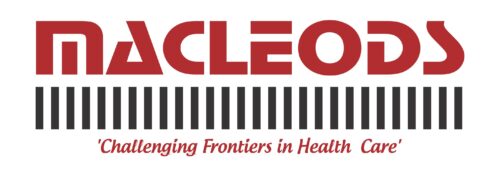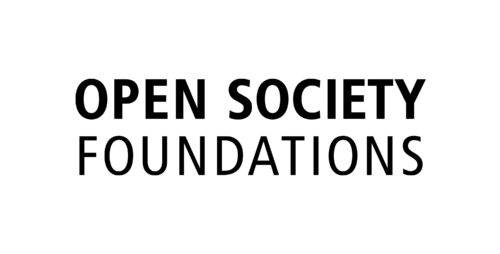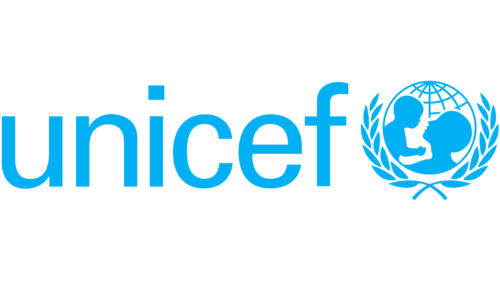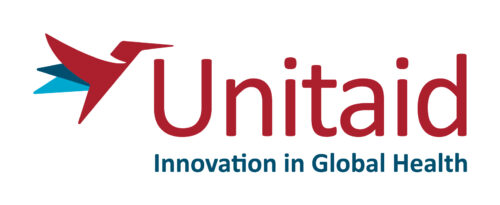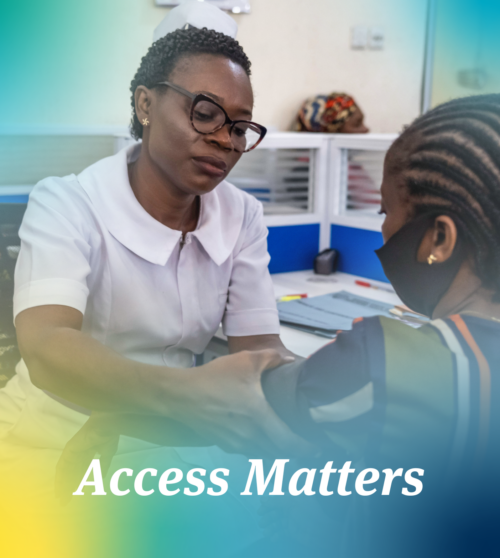Our impact on TB
Tuberculosis (TB) was the second biggest cause of death from an infectious disease in 2022. Our agreements are helping increase access to treatment for people with TB.
Global TB overview
In 2022, around 10.6 million people fell ill with TB and 1.3 million people died of the infection, making it the second leading cause of death from an infectious disease, after COVID-19.
TB is mostly concentrated in a few high-burden countries: 87% of new cases were diagnosed in just 30 countries in 2022. Within these countries, TB is most likely to affect people with weakened immune systems: people living with HIV are 16 times more likely to contract TB than people without HIV.
One of the biggest threats to ending TB is the emergence of drug-resistant TB (DR-TB). Only 2 in 5 people with drug-resistant TB accessed treatment in 2022. Of the people who do access treatment, 63% of cases were successfully treated.
“We have the tools to end TB by 2030 but annual budgets for the response are currently half of what is needed. So paying a lower price for a shorter and much more effective DR-TB regimen will be a big step forward.”
Lucica Ditiu, Executive Director, Stop TB Partnership
Our TB agreements
To date, we have secured one agreement to accelerate access to products that prevent or treat TB:
- 3HP TB preventive therapy for people living with HIV, which has a shorter treatment duration and reduced pill burden compared to previous regimens.
Impact
To date:
419,000
additional people completed treatment with 3HP
Projected impact:
36,000
additional patients will be treated successfully for MDR-TB
Case study: TB preventive therapy
In 2021, we provided a volume guarantee for Macleods, which enabled the Indian manufacturer to scale up production of its 3HP TB preventive therapy while reducing the price per patient course from $40 to $15. In July 2022, we announced that Macleods had agreed to reduce the price further, to $14.25 per patient course.
3HP is a short-course regimen, taken once a week for three months. It has better completion rates than the previous standard of care (90% vs 50%) because of its shorter duration and reduced pill burden.
This agreement is helping more people with latent TB to access preventive therapy, which stops the TB from becoming active and making them unwell. This is particularly important for people living with HIV and their household contacts.
Accelerating access to 3HP supports the objectives of the IMPAACT4TB project, led by The Aurum Institute and including the Clinton Health Access Initiative, the Global Fund and Unitaid.
“Effectively treating tuberculosis before patients become ill significantly reduces the spread of this deadly disease, bringing us one step closer to elimination.”
Dr. David Ripin, Chief Science Officer and Executive Vice President for Infectious Disease, CHAI

